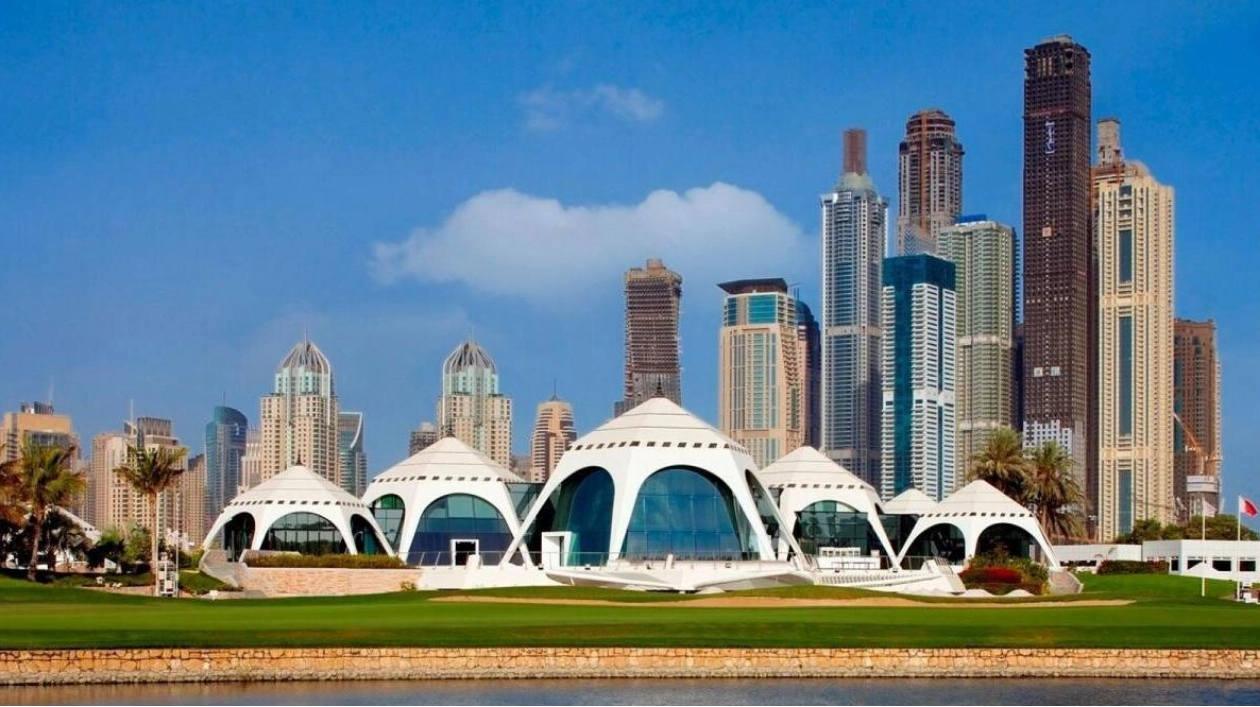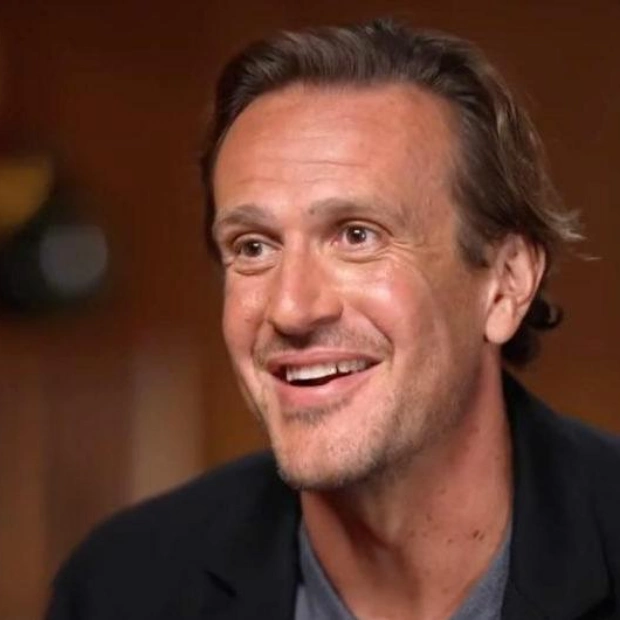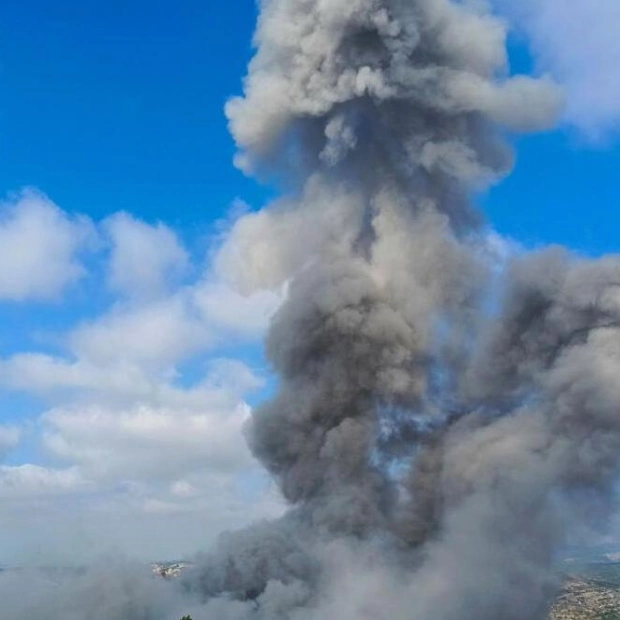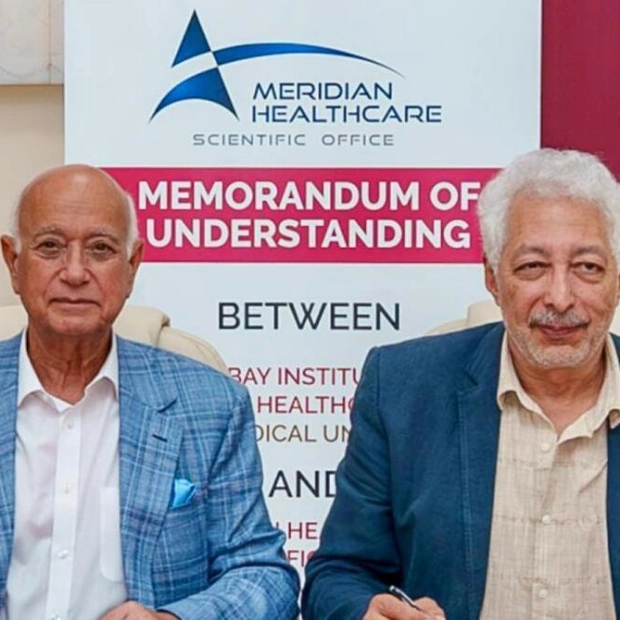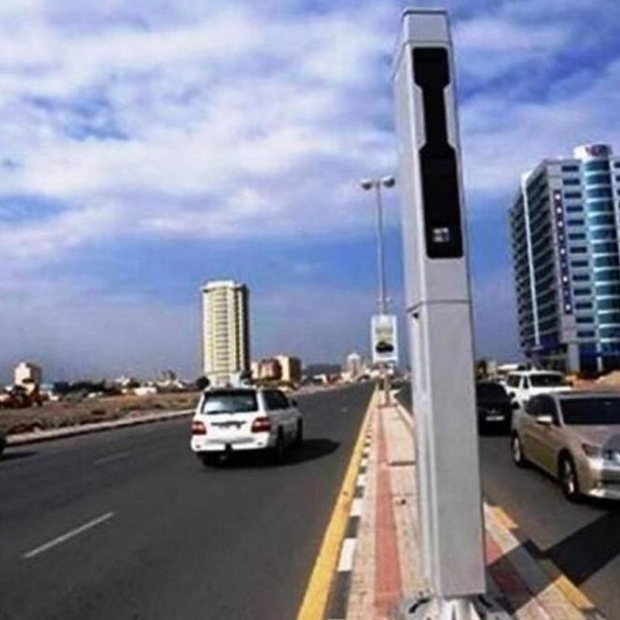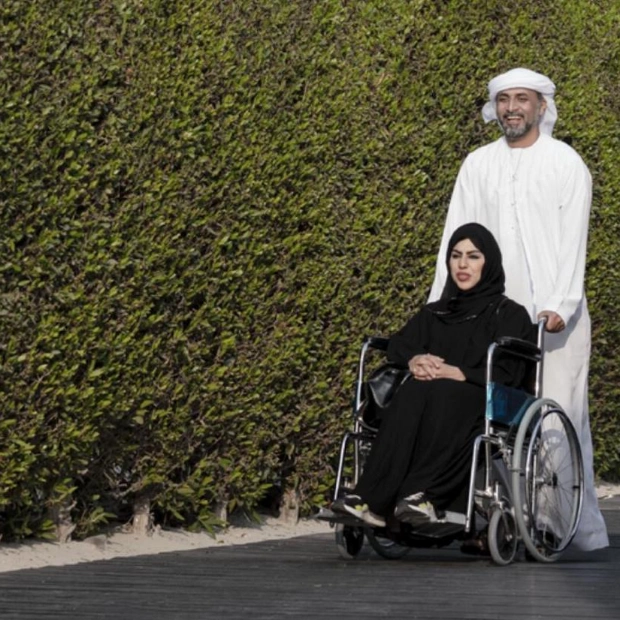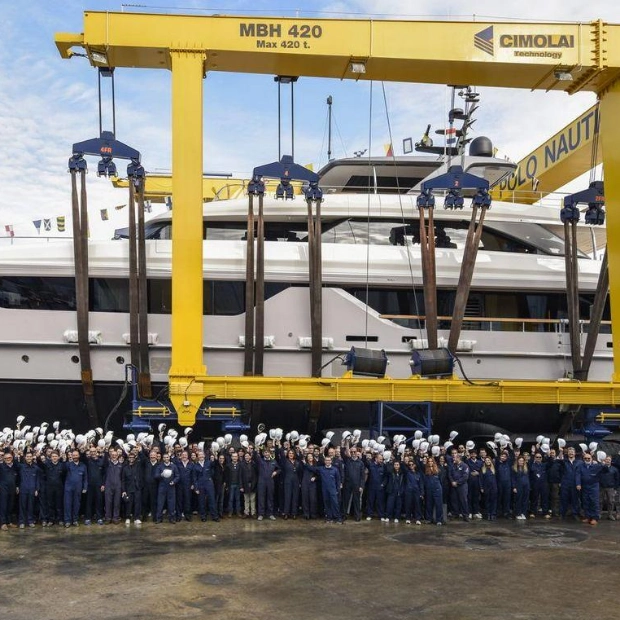Upon my arrival in the UAE in the early 1990s, my initial assignment as a Sports Reporter led me to the Emirates Golf Club, where the Hero Dubai Desert Classic (formerly known as the Dubai Desert Classic) was in full swing. That day was unlike any other I had experienced. As my fourth-generation Toyota Cressida taxi pulled up to the venue, I was met with the imposing sight of the clubhouse. My jaw literally dropped. The grandeur and majesty of the tent-like architectural structures, reminiscent of traditional Bedouin tents, were a sight to behold. This was the first all-grass championship golf course in the Middle East, having opened its doors in 1988. It was a spectacle that no other structure in my life had ever rivaled, not even the Dubai Creek Golf Club, Burj Al Arab, Burj Khalifa, or Atlantis, which came much later.
The stunning clubhouse, complete with fine-dining restaurants, a pro shop, a gym, and state-of-the-art dressing rooms, stood proudly on elevated ground, inviting admiration for its architectural brilliance. Even 32 years later, I still find myself pausing to admire this iconic structure, which remains my all-time favorite. Remarkably, the clubhouse has never needed revamping or renovation. It is fully equipped with a Royal Majlis, The Pavilion, Royal Majlis Garden, Pool Terrace, Pro Shop, Player’s Lounge, and Spike Bar.
Each year, as I return to the Emirates Golf Club, I am still captivated by the unique design of the clubhouse, a timeless symbol that bridges modern Dubai with its traditional Middle Eastern roots. On that pivotal day, I arrived with a mix of nervousness and excitement, eager to see what lay ahead. I collected my media badge from the purpose-built Media Tent and made my way to a vantage point where I could observe the ninth and history-laden 18th green, which has witnessed both unparalleled joy and deep sorrow.
The year was 1992, and the mercurial Spaniard Seve Ballesteros emerged victorious over Northern Ireland’s Ronan Rafferty in a thrilling playoff, becoming the third man to receive the giant Coffee Pot trophy from Sheikh Butti Al Maktoum. That year, I was merely a spectator, watching some of the game’s greats navigate the challenging Karl Litten-designed golf course, an ocean of pristine Bermuda grass meticulously maintained.
I realized then that I had fallen in love with the golf course, the clubhouse, the game itself, Dubai, and my profession, which would soon take me on a whirlwind journey around the world. While I had covered golf in my native India before, reporting on tournaments at the historic Royal Calcutta Golf Club, Delhi Golf Club, Madras Gymkhana Club, the scenic Gulmarg Golf Club in Kashmir, and naturally, Bangalore Golf Club in my hometown, the Emirates Golf Club offered a different kind of thrill—it felt surreal, and I cherished every moment.
My first significant opportunity as a golf writer in Dubai came in 1994 when I covered the Dubai Desert Classic, where Ernie Els, known as 'The Big Easy,' claimed victory. Not only did he dominate a star-studded field, but he also set a course record with an electrifying 11-under 61 in the first round, securing his first DP World tour win. That record still stands today, and Ernie returned to win the tournament again in 2002 and 2005.
The Desert Classic holds countless unforgettable memories for me, as I witnessed Major champions like Fred Couples (1995), José Maria Olazábal (1998), Mark O’Meara (2004), Tiger Woods (2006, 08), Rory McIlroy (2009, 15), Henrik Stenson (2007), Danny Willett (2016), Sergio Garcia (2017), and Bryson DeChambeau (2019) triumph in subsequent years. Those who argue that journalism is unlike any other profession deserve a monument in their honor.
